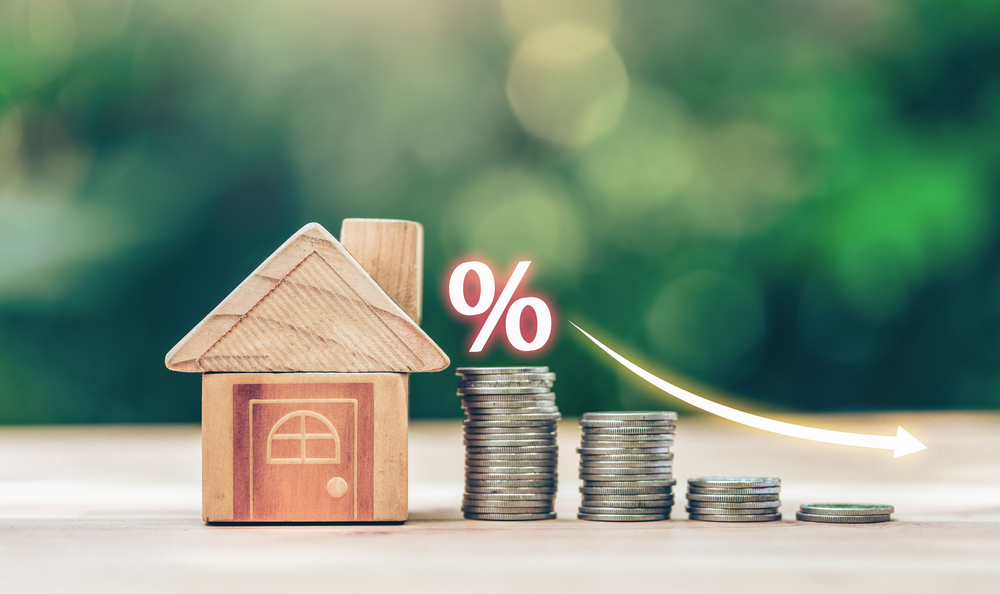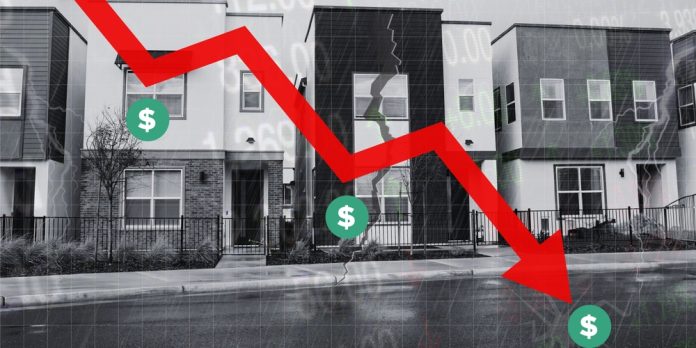If you’ve been holding off on buying a home, hoping for mortgage rates to drop, your patience might finally pay off. As of early August 2025, mortgage rates fell to their lowest level in four months. While it’s not a dramatic decline, it’s a meaningful shift that could open new possibilities for homebuyers.
Mortgage rates are a key factor in determining how much home you can afford. Even a small drop can lead to real savings over time. In this article, we’ll explore why mortgage rates are falling, what that means for your wallet, and whether now is the right time to make your move.
Mortgage Rates Slip to 6.63%
As of the first week of August, the average 30-year fixed mortgage rate dropped to 6.63%, according to Freddie Mac. That’s down from 6.72% just a week earlier and marks the lowest rate we’ve seen in the last four months.
To put that into perspective, rates were over 7% at the beginning of 2025. And in October 2023, they peaked at 7.79%. While today’s rates aren’t historically low, they are definitely lower than what buyers have faced in recent months.
It’s also worth noting that a year ago, the average mortgage rate was around 6.47%. So even with today’s dip, we’re still slightly above last year’s levels. Still, for buyers watching the market closely, this trend offers a breath of fresh air.
Why Mortgage Rates Are Falling
There are three main reasons why mortgage rates have started to decline.
First, mortgage rates often follow the 10-year Treasury yield. In early August, that yield fell as investors moved their money into bonds after a weaker-than-expected jobs report. When bond demand goes up, yields go down—bringing mortgage rates down with them.
Second, the July jobs report showed slower hiring than expected. That raised concerns that the economy might be cooling. Investors tend to seek safer investments like government bonds in uncertain times, which pushes bond yields even lower.
Finally, the Federal Reserve chose to keep its key interest rate steady. While the Fed doesn’t set mortgage rates directly, its policies shape the broader interest rate environment. When the Fed holds rates, it often creates stability that can lead to lower mortgage rates.
How Falling Mortgage Rates Help Buyers

Lower mortgage rates mean one thing for homebuyers—lower monthly payments. And that can make a big difference in affordability.
Let’s use the national median home price of $439,716 to run a few scenarios. We’ll look at both a conventional loan with 20% down and an FHA loan with 3.5% down to see what kind of savings buyers can expect.
Even though the rate change from last week is less than 0.1%, the long-term impact adds up. And compared to last year’s peak rates, the savings are even more significant.
Conventional Loan: 20% Down
With a 20% down payment, buying a $439,716 home at today’s 6.63% mortgage rate would give you a monthly payment of about $2,252 (excluding taxes and insurance).
Just one week ago, when the rate was 6.72%, the same payment would have been $2,273. That’s a $21 difference per month. It may not seem like much, but over time, it matters.
Now let’s compare that to the October 2023 peak rate of 7.79%. At that rate, your monthly payment would have been $2,528—a full $276 more per month. Over a year, that’s more than $3,300 in savings. Over 30 years, you’re looking at $99,400 in total interest savings.
That kind of money could go toward renovations, investments, or just improving your day-to-day financial security.
FHA Loan: 3.5% Down

For first-time buyers using an FHA loan with just 3.5% down, the numbers are just as eye-opening.
At today’s 6.63% rate, your monthly payment for a $439,716 home would be around $2,717 (excluding taxes and insurance). Last week, it would have been $2,742. That’s a $25 savings each month.
Compare that to the October 2023 peak, when that same loan would have cost $3,050 per month. That’s a $333 difference monthly—nearly $4,000 a year.
Over 30 years, this adds up to nearly $120,000 in savings. That’s a powerful example of how small changes in mortgage rates can significantly impact your financial future.
Affordability Still Has Its Challenges
While lower mortgage rates help, they don’t solve every issue facing homebuyers today. Home prices remain high in many markets, and rising property taxes and homeowners insurance costs are putting pressure on monthly budgets.
There’s also the risk that falling rates could lead to more competition. If too many buyers flood the market at once, prices could rise again, wiping out some of the benefit of lower rates.
That said, this drop in mortgage rates could offer a window of opportunity. For buyers who have been sitting on the sidelines, now may be a good time to talk to a lender, explore your options, and run the numbers based on your personal budget.
It’s not a return to the ultra-low rates of the pandemic, but it is a step in the right direction for affordability.
Final Thoughts

Mortgage rates hitting a four-month low may not be headline-grabbing news, but for homebuyers, it’s a welcome change. Whether you’re a first-time buyer or looking to upgrade, this drop in rates could mean real savings over time.
It’s not the lowest rate we’ve seen in recent years, but it’s better than what buyers faced just months ago. If you’ve been waiting for a sign, this could be it. Just remember to balance your excitement with a clear look at your budget and financial goals.
FAQ
What is the current average mortgage rate?
As of early August 2025, the average 30-year fixed mortgage rate is 6.63%.
How much can I save from this drop in rates?
If you’re buying a median-priced home, you could save around $276 per month compared to buying when rates peaked in October 2023. Over 30 years, that’s nearly $100,000 in savings with a 20% down payment.
Is now a good time to buy a home?
It depends on your financial situation and goals. While mortgage rates are lower, home prices and other costs remain high. It’s smart to speak with a lender and evaluate what works best for you.
Will mortgage rates continue to fall?
No one can predict rates with certainty. They’re influenced by economic data, inflation, and Federal Reserve policies. Rates may go lower—or they might climb again.
Should I wait for even lower mortgage rates?
Waiting has risks. If rates drop further, prices could rise as more buyers enter the market. Locking in a rate now could protect you from future increases.

